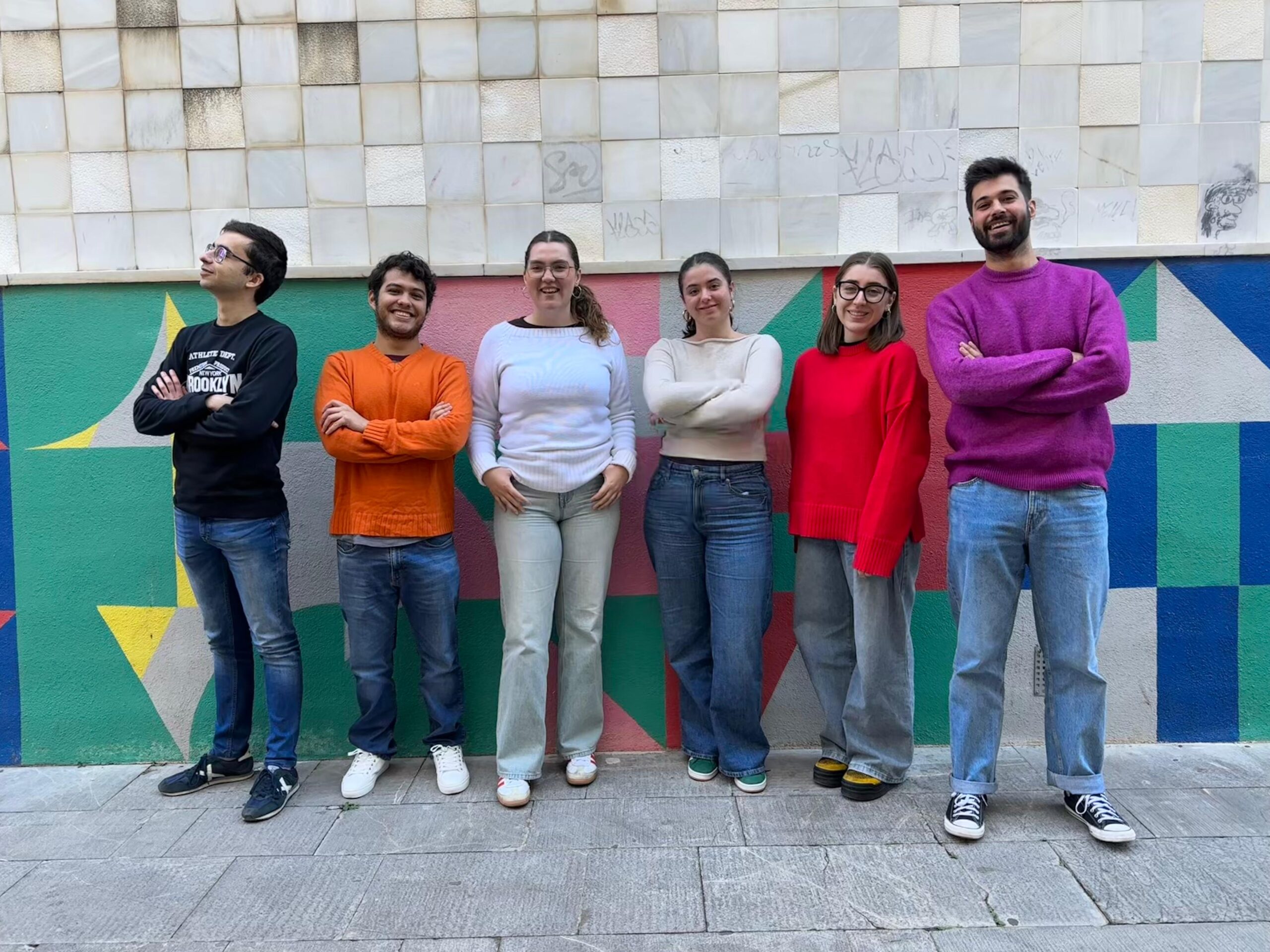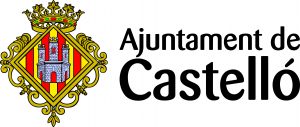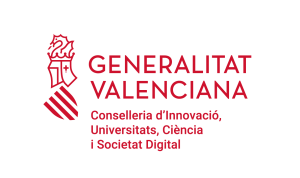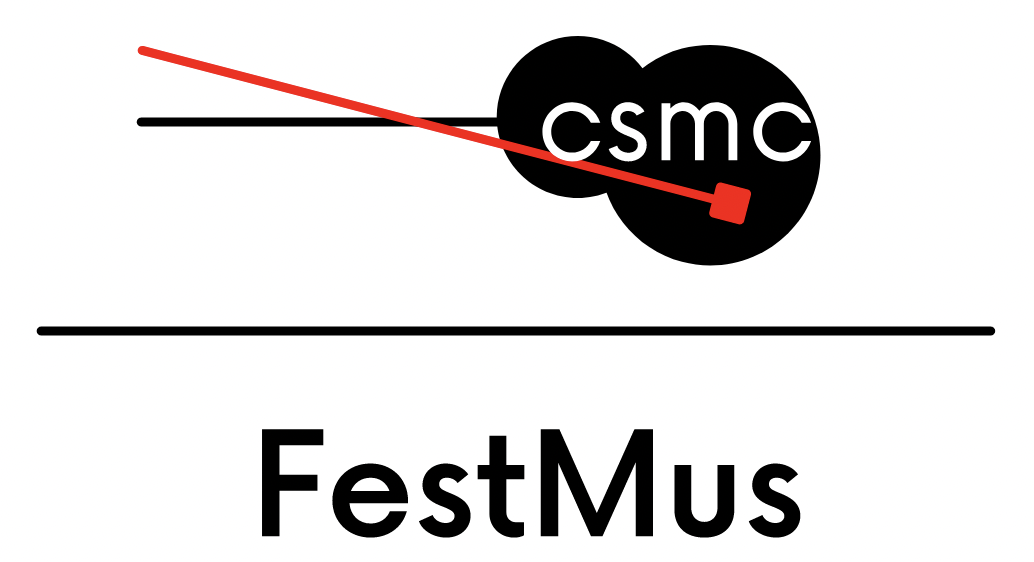CONCERT PROGRAM
QUARTET – S. Reicht (1st movement)
Francesc Tárrega, Miguel Alonso, Rubén Sáez, Alba Real
CONCIERTO PARA MARIMBA Y ORQUESTA – E.Séjourné (1st movement)
Roger Gascó, Alba Real
LIBERTANGO – A.Pizzolla. Arr. Fumito Nunoya
Ferran Faus, Alba Real
SCULPTURE 3 – Rüdiger Pawassar
Francesc Tárrega, Miguel Alonso, Lluis Olivares
CATCHING SHADOWS – I.Trivino
Francesc Tárrega, Miguel Alonso, Lluis Olivares
CLOCKWORK FOR PERCUSSION TRION– G.N.Gianopulos
Manuel Sánchez, Alberto Chiust, Joan Gómez
PACO & DAVE – Arr. J.L. González
HOO-DAIKO – R. J. Damm
Jose Sales Sarrión, Gor Sedrakyan, Ferran Faus González , Victor Martínez Quiroga , Roger Gascó Marín
INTRODUCCIÓ Y PEQUEÑA TARANTELA* – J.A. Tolosa
María Mañes, flute; Andreu Lorente, sax; Inmaculada Ibáñez, Aisha Ruiz i Arnau Sansano, cellos
Trio Kebach
BALTIC TRIO, OP.14* – J. Orón Bolós
Andrea Siurana Renau, clarinet; Christos Cahztinathanail, cello; Kevin Ibáñez Palanques, piano
DIVERTIMENTO – J. Musto
María Mañes; flute, Julián Navarro; clarinet; Lucía Albort, viola; Inmaculada Ibáñez, cello; Christian Serrano, piano; Jaume Naval, percussion
*Premieres
The PERCUSSION CLASS OF THE CSMC returns to FESTMUS 2025 with a program that blends newly created music with various contemporary artistic expressions. The presence of new audiovisual technologies, as well as bodily expression, focuses the performed repertoire and shows the ability to adapt music written for percussion with the most innovative creative currents of the XXI century.
The piece “Introduction and Little Tarantella” by José Antonio Tolosa is a small chamber work scored for a mixed quintet consisting of an alto saxophone, a flute, and three cellos. This relatively short composition draws inspiration from the Italian folk dance known as the tarantella, which became especially popular in classical music from the 19th century onwards. Characterized by a fast 6/8 tempo, the tarantella typically features one section in a minor key and another in a major key.
In Tolosa’s work, the dance is preceded by an almost cadential introduction, where the cellos sustain the harmony while the saxophone and flute (entering in that order) perform solo passages that are both virtuosic and highly expressive. Following these woodwind solos, the tempo stabilizes and accelerates, highlighting the ternary subdivision typical of the folk dance that gives the piece its name. At this point, the motivic material of the main dance theme emerges.
The dance section consists of two contrasting themes: the first is fast and rhythmic, set in a minor key, while the second is calmer and more lyrical, in a major key. The work is written in a tonal language, with the introduction being more chromatic and harmonically complex than the tarantella. In the dance section, the folk inspiration leads to a more straightforward harmonic approach.
Both the harmonic language and the compositional style of the piece are reminiscent of the post-Romantic chamber music tradition, particularly works with popular influences designed for social or recreational performance rather than strictly formal concert settings. The piece carries a certain French aesthetic, evoking composers like Pierné or Saint-Saëns. In a way, it represents a style that looks to the past for inspiration, appealing to the audience’s taste while also ensuring the performers’ enjoyment.
John Musto is an American composer and pianist acclaimed for his versatility across a wide range of musical genres, from classical music to jazz. His career includes a rich output of operas, chamber music, symphonies, and vocal works. Musto has received numerous awards, including a Grammy Award nomination for his recordings, and his works are frequently performed both in the United States and internationally. His music blends a deep understanding of musical traditions with a contemporary and fresh voice.
Divertimento in its most joyful and dynamic form. Musto considers this piece a celebration of chamber music, designed to explore the interaction between instruments in a playful setting. With a mix of styles and genres, *Divertimento* stands out for its energy and technical brilliance, providing a vibrant experience that aims to engage both performers and captivate audiences. The piece is characterized by its humor, vitality, and an accessible approach that makes it enjoyable on all levels.

COL·LABORADORS | COLABORADORES | PARTNERS

![]()




